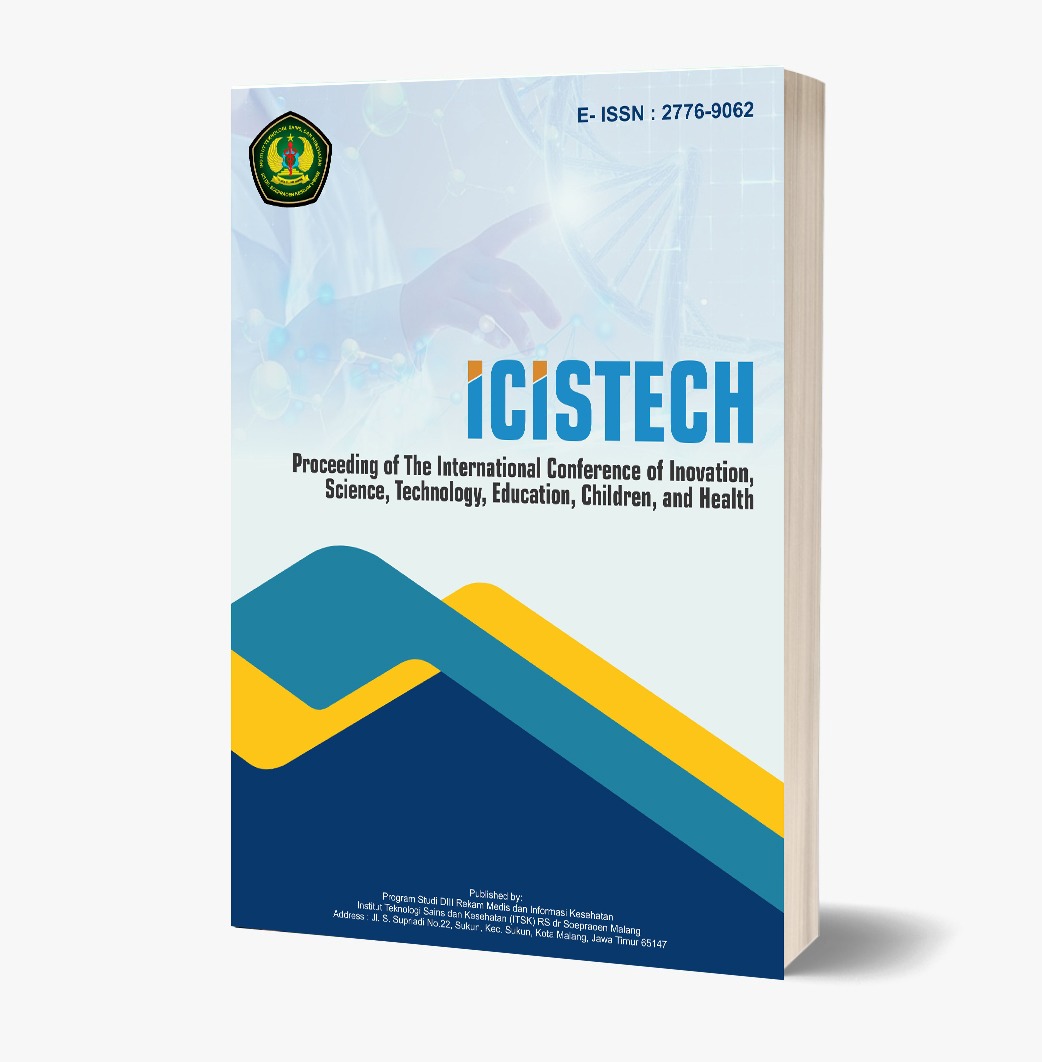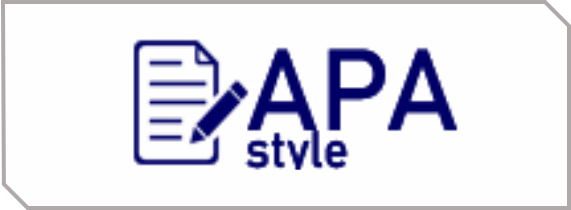Application Dissolved Oxygen (DO) For Water Quality Monitoring of Shrimp Ponds With IoT (Internet of Things)
DOI:
https://doi.org/10.62951/icistech.v3i1.52Keywords:
Water Quality, Shrimp, MQTT, AccuracyAbstract
Water is a very important requirement, both for humans and other living things such as fish and plants[1][2][3]. In the fields of agriculture, fisheries, and the fresh water management industry is very important to improve quality. [4]. In its development, the demand for fish and seafood (shrimp, squid, etc.) increases so that to meet these demands, it is necessary to pay attention to the quality of the pond water that will be used to breed fish and seafood). The method used in this study is Research and Development (RnD). This research can produce readings using cayenne.mydevice.com one of the Internet providers of things with communication web Internet of thing message queue telemetry transport (MQTT)[12]. This research was conducted at the “Balai Besar Perikanan Budidaya Air Payau (BBPBAP)”. The parameters studied were sensor accuracy, system constraints and the application website. Conclusion this research is (1) the average sensor accuracy is good, namely 88.86%. (2) there are two obstacles faced, namely sensor maintenance and storage and (3) monitoring the data in live, minute, hour, day, week, month, 3 months, 6 months and 1 year.
References
Adu-Manu, K. S., Tapparello, C., Heinzelman, W., Katsriku, F. A., & Abdulai, J. D. (2017). Water quality monitoring using wireless sensor networks: Current trends and future research directions. ACM Transactions on Sensor Networks, 13(1). https://doi.org/10.1145/3005719
Chakravarty, S., Das, P., Saha, P., & Paul, A. (2016). Spatial variation of water quality parameters of shrimp (Litopenaeus vannamei) culture ponds at Narsapurapupeta, Kajuluru, and Kaikavolu villages of East Godavari district, Andhra Pradesh. International Journal of Fisheries and Aquatic Studies, 4(4), 390–395.
Gorde, S. P., & Jadhav, M. V. (2013). Assessment of water quality parameters: A review. International Journal of Engineering Research and Applications, 3(6), 2029–2035.
Juwita, P. S., Fadhil, R., Damayanti, T. N., & Ramadan, D. N. (2020). Smart parking management system using SSGA MQTT and real-time database. Telkomnika (Telecommunication Computing Electronics and Control), 18(3), 1243–1251. https://doi.org/10.12928/TELKOMNIKA.v18i3.14869
Kawarkhe, M. B., Agrawal, S., & Corresponding, I. (2019). Smart water monitoring system using IoT at home. Volume 21, 14–19. https://doi.org/10.9790/0661-2101021419
Meher, P. K., Sharma, P., Gautam, Y. P., Kumar, A., & Mishra, K. P. (2015). Evaluation of water quality of Ganges river using water quality index tool. EnvironmentAsia, 8(1), 124–132. https://doi.org/10.22135/sje.2017.2.3.93-98
Pappu, S., Vudatha, P., Niharika, A. V., Karthick, T., & Sankaranarayanan, S. (2017). Intelligent IoT based water quality monitoring system. International Journal of Applied Engineering Research, 12(16), 5447–5454.
Paska, D. (2018). Digitalized water and smart cities - How can telecommunication networks be used for environmental resilience? ITU Journal: ICT Discoveries, Special Issue(2), 1–8. Retrieved from https://www.itu.int/pub/S-JOURNAL-ICTS.V1I2-2018-3
Patil, B., & Digge, J. (2018). Water quality monitoring in IoT environment. IOSR Journal of Engineering, 20–25. Retrieved from http://www.iosrjen.org
Prayuginingsih, H., & Java, E. (2017). Accuration of Indonesian rice supply and demand. pp. 142–150.
Segara, N. B. (2015). Education for sustainable development (ESD): Sebuah upaya mewujudkan kelestarian lingkungan. SOSIO DIDAKTIKA: Social Science Education Journal, 2(1), 22–30. https://doi.org/10.15408/sd.v2i1.1349
Thirupathi Rao, N., Bhattacharyya, D., Madhusudhan Rao, V., & Kim, T. H. (2019). Water quality testing and monitoring system. International Journal of Innovative Technology and Exploring Engineering, 8(5), 162–166.
Zainuddin, Z. (2019). Water quality monitoring system for Vannamae shrimp cultivation based on wireless sensor network in Taipa, Mappakasunggu District, Takalar. Proceedings of ICMEMe 2018, 165, 89–92.
Downloads
Published
How to Cite
Issue
Section
License
Copyright (c) 2024 Proceeding of The International Conference of Inovation, Science, Technology, Education, Children, and Health

This work is licensed under a Creative Commons Attribution-ShareAlike 4.0 International License.













